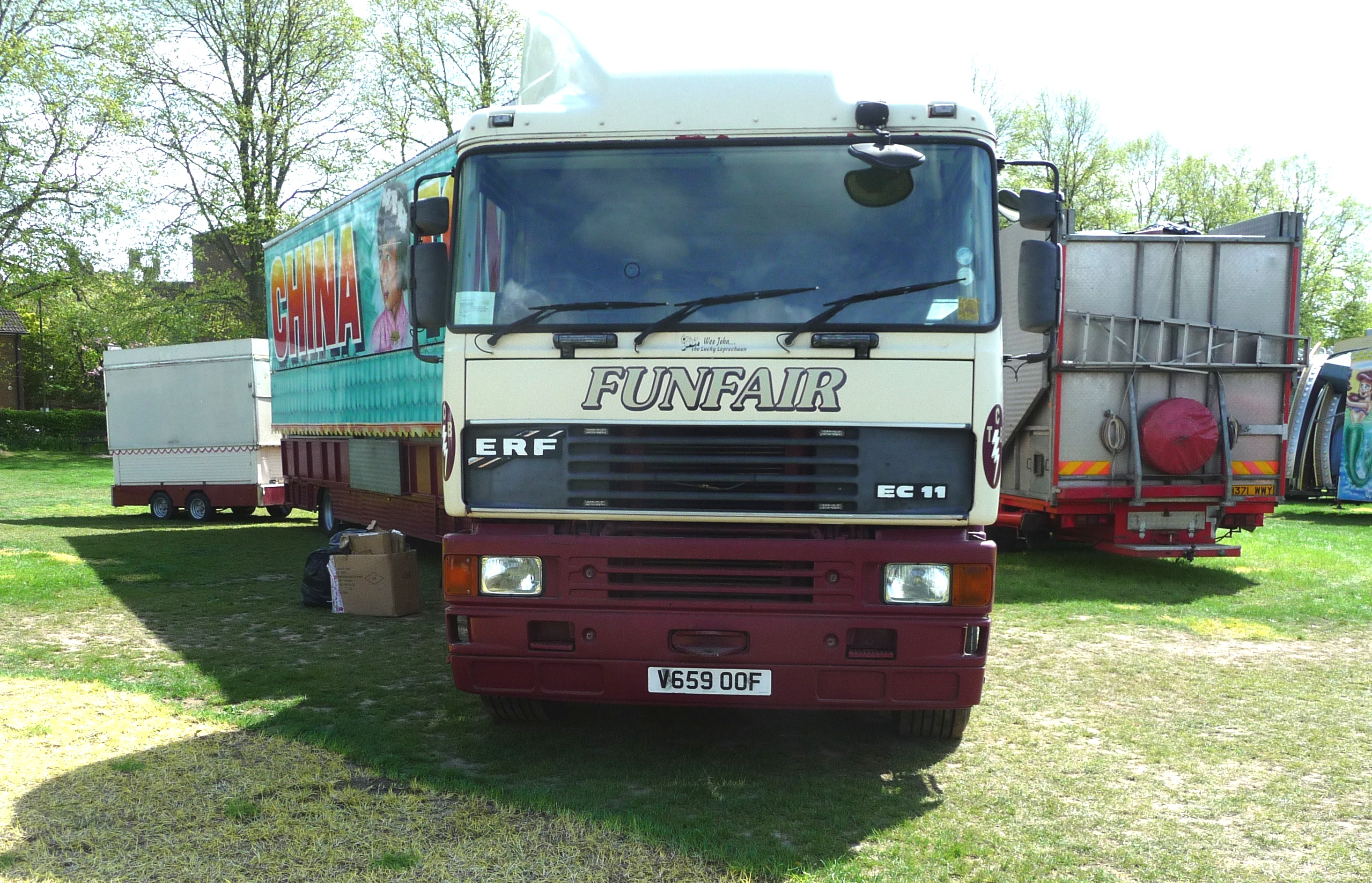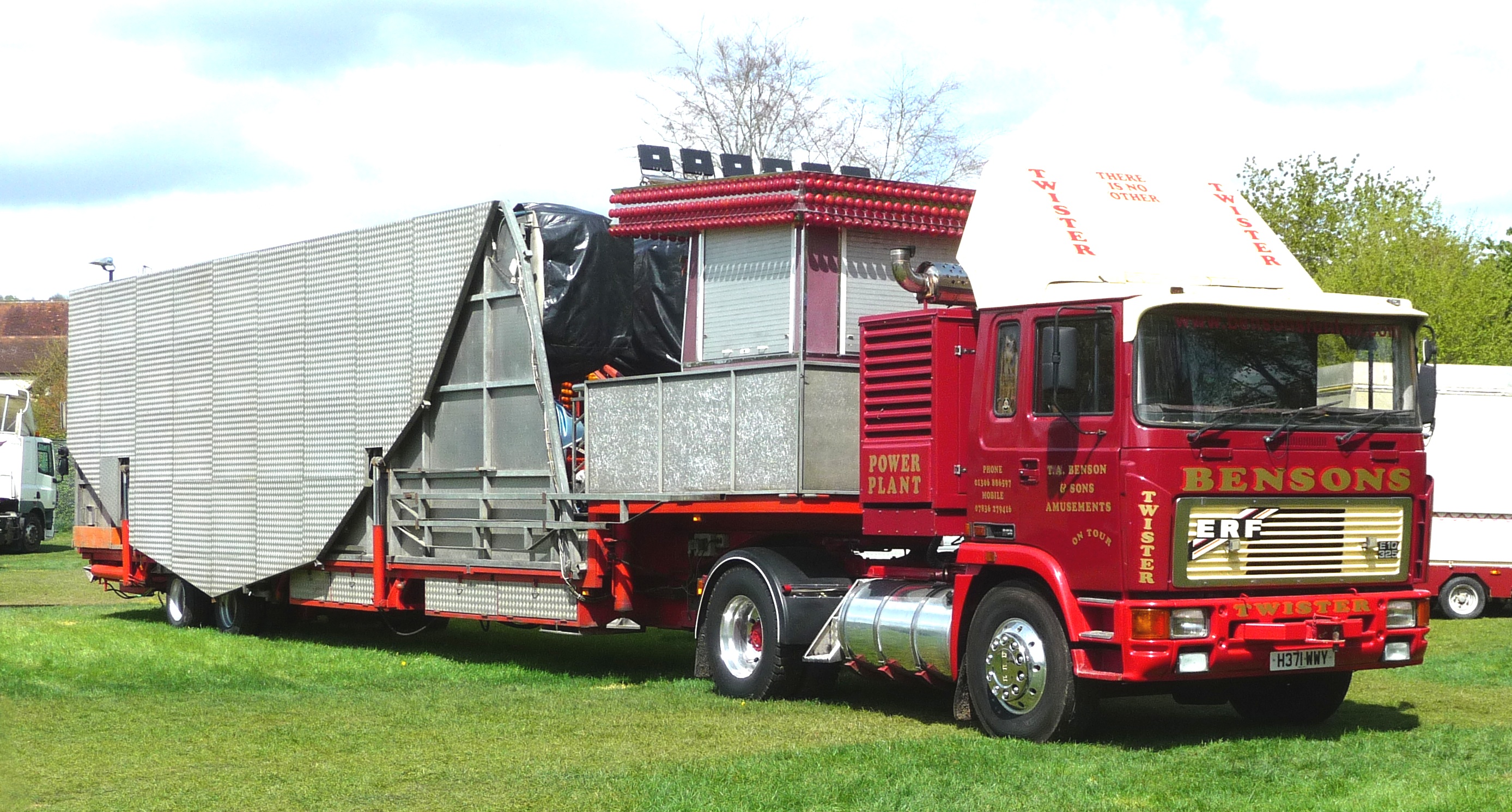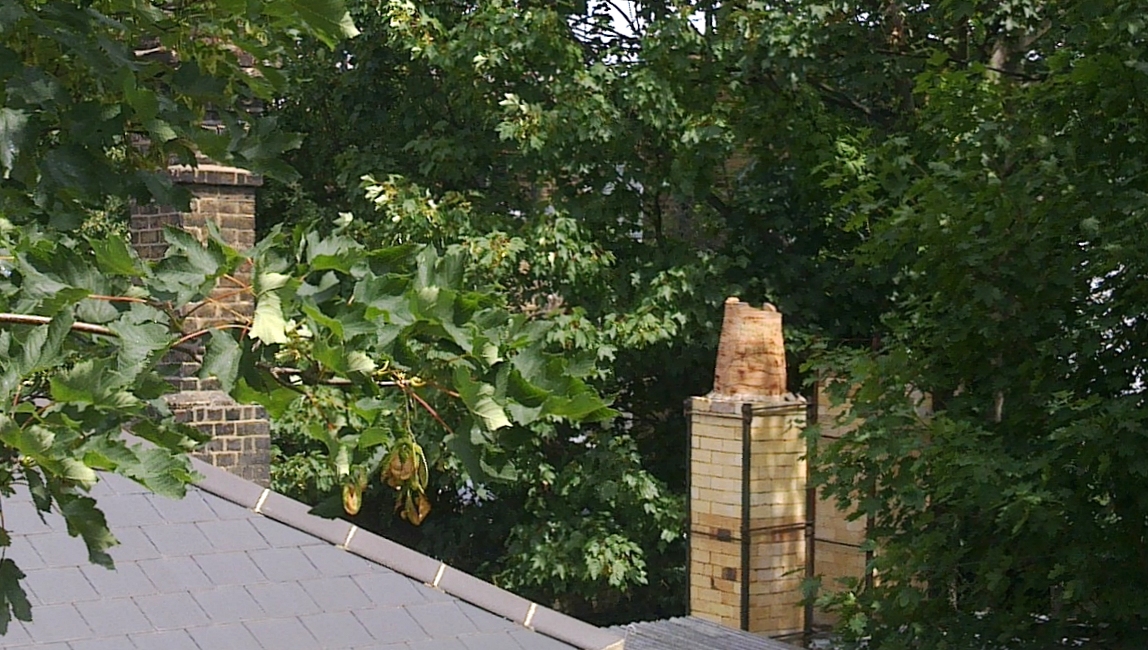In this issue:
- From the chair
- Sidney Ray — Obituary
- E R F lorries
- MAN gasholders
- Planned obsolescence
- Omega Works
- A pottery in London
- Lots Road power station
- Vintage tube train rides
- Totally Thames festival
- Kew restoration announced
- Mystery object
- Database spotlight 10
- Books
- 339news.pdf
While the next issue of London's Industrial Archaeology is imminent the GLIAS walks have continued in Mayfair and Fulham. Thanks to Martin Adams and Peter Finch for leading them and Andrew Turner for the administration,
There was also an opportunity to visit West Ham Pumping Station which saw 70 people looking round, half of them GLIAS members. Our President, David Perrett is one of the trustees involved in the project.
The national scene has been updated by sending round the AIA e-news bulletin.
Martin Adams and Alan Burkitt-Gray have been collecting and preparing the articles for publication of LIA 23 which will be Martin's last as Editor. The regular issues of have encouraged authors to submit articles covering a wide range of subjects. Keep an eye out for the post in the coming weeks.
We have found a volunteer to take over from Martin as Editor — more details next time. Dan Hayton
Members will have seen some of Sid's photographs printed in GLIAS Newsletters with further ones on the website.
In the 1970s he spent many weekend days walking London streets to photograph buildings and items, sometimes more for their artistic quality that as a 'record'. He participated in several GLIAS visits, again taking photographs of things which 'caught his eye'.
Sid went to live in America and only relatively recently again made contact with GLIAS. We spoke and exchanged emails over the past few years, but never re-met, though my memory remains of a friendly, cheerful and energetic man. Arrangements are being made to deposit many of Sid's photographs in public archives. David Thomas
![]() In 2020 Sid was a winner in the photo competition we ran is association with GLIAS's 50th anniversary. This led to nearly five years of his interesting photographic contributions to the newsletter on a number of themed subjects. Although I never met Sid, he was a pleasure to deal with. His last contribution was in the February 2025 edition, on (Nourishment and Entertainment). Editor
In 2020 Sid was a winner in the photo competition we ran is association with GLIAS's 50th anniversary. This led to nearly five years of his interesting photographic contributions to the newsletter on a number of themed subjects. Although I never met Sid, he was a pleasure to deal with. His last contribution was in the February 2025 edition, on (Nourishment and Entertainment). Editor
In the Sandbach area, Cheshire, there were two rival companies. There was the old established firm Foden which made the famous steam lorries. Later in the 1930s another firm, E R Foden, was set up to make new-fangled diesel lorries. They produced some excellent examples which soon outsold the steam lorries. E R Foden lorries with the name ERF continued to be made for a considerable time, up to early this century. However, they are now scarce but you can occasionally see one or two in use at fairgrounds.


The above photographs were taken at Oxted in April 2025. The fair, Benson's M & L pleasure fair, was packing up and moving to re-establish itself on the South Coast near Bexhill. V659 OOF, left, is a type EC11 made about 25 years ago. H371 WWY, right, is an E10 325, a type introduced in 1993. Bob Carr

The MAN gasholder at Southall (GLIAS Newsletter April 2025) was not the only one of its type in West London. There was also one at Harrow, generally referred to as the North Harrow holder. It was the similarity of these two holders that created the confusion which in 1960 caused a Pan American Boeing 707 to land at Northolt by mistake for Heathrow. Northolt is about 6 miles from Heathrow. After this incident distinguishing signs LH and NH were painted on the gasholders, with that on the side of the Harrow gasholder later being changed from NH to NO.
The Harrow holder was demolished in 1987. The Southall gasholder lasted a long time and was finally demolished in 2019. The photograph taken on 7 January 2019 shows the last remaining portion.
Visual identification is still important for aircraft operation and the Southall gasholder would have been a welcome landmark from 1987 until its demolition. Bob Carr
Although many older members of GLIAS probably don't like the idea, planned obsolescence seems to be inevitable. Things made 30 to 40 years ago can be much better than the equivalent you can buy now, if they still exist. In particular cheap Chinese goods are often inferior. Some of their recent electric garden equipment, for example strimmers, will perhaps last only a year or two before you need to buy a new one.
You may remember the joke about the British salesman going to India in the 1970s to sell a pump that his firm was making. He visited a factory and was well received by the manager. The salesman got out the details of the pump he was trying to sell; the manager seemed interested and said yes we have one of your pumps already. Can I take you to see it? So they both went to see the pump that had been made in Britain.
The pump was in good order and working very well. The manager said we are very pleased with this pump and look, here is your maker's plate on the side, can you see, it was made in 1890. However, we really have no need for another one, this one is serving us perfectly well. And the pump you're trying to sell now is similar to this one. Bob Carr
The Omega Works is an industrial complex on the north side of Hermitage Road, Finsbury Park, London N4 1LZ. Over the years the site has been occupied by a variety of manufacturers. A notable firm was British Woodcraft Ltd, piano makers and joiners established here in the 1930s, where until 1959 Challen Pianos* were mass produced on an industrial scale. H K Furniture Ltd were in business at Omega Works until 1970.
The works has since become inhabited by artists and similar creative people who appreciate the relatively low cost accommodation and the Omega Works has become a thriving creative hub. The photograph taken in June 2025 shows the entrance to the Works.

However, the site is now threatened with redevelopment with the intention of building flats. The people living and working there now have been offered accommodation in the new buildings but at an increased price which they will not be able to afford. This is a familiar story.
There has been a major campaign to preserve this creative community which in 2023 achieved media coverage; Evening Standard 9 June, BBC News 12 June. At the moment it seems that the jury may still be out but the final outcome will probably be the end of this Omega Works art and creative complex.
Piano factories have been a long-standing GLIAS interest. See for instance GLIAS Newsletter 287 December 2016 p5, and there are other references in the Newsletter Index. Hugh Marks took a particular interest, see eg Help Needed, GLIAS Newsletter 51 August 1977. There was a concentration of piano factories in the Camden Town area.
Bound copies of GLIAS Newsletters 1 to 100 are in the Science Museum Library at Wroughton in Wiltshire. These are complete newsletters and include not just the later pages which you can see online. Bob Carr
-
* Five London Piano Makers: Brinsmead, Challen, Collard, Danemann, Welmar. By Alastair Laurence. 136 pp. Published by Keyword Press, 2010. ISBN 978-0955559013
There is a working pottery with a kiln still in operation in London; it makes use of the old ticket office at the northeast corner of Maze Hill railway station. Photograph 1 shows the front of the pottery looking west. Photograph 2 shows a partial view of the chimneys of the kiln, at the back of the booking office, looking northeast. In winter you can get a better view of this kiln from the extreme east end of the down platform of Maze Hill railway station. In June 2025 when the photographs were taken it is hard to see anything because there's so much foliage in the way. To the right some of the kiln is obscured and out of sight.


This pottery claims to be able to produce the same kind of salt-glazed stoneware which was manufactured at the well known 17th-century kiln in Woolwich, excavated in the 1970s 1.
It may sometimes be possible to visit the Maze Hill kiln when the kiln is being fired or when the kiln is being emptied. The potter 2 gives lectures on pottery and of course will welcome visitors who buy something. Bob Carr
-
1. In the 1970s, archaeologists uncovered a kiln near the southern approach to the Woolwich Ferry. It would be an exaggeration to claim that this Woolwich kiln is the first and so far the only known place in Britain to have made Bellarmine pottery. What one can say is that the Woolwich Ferry kiln is believed to be the earliest known site where stoneware was produced in England. See also GLIAS Newsletter 191 December 2000, p5. A report of the final excavation by Oxford Archaeology in 2017 was published in the London Archaeologist, Spring 2018 (Vol 15, no.4).
2. Lisa Hammond MBE, see her Wikipedia entry.
Pretty much our last stop on the excellent and informative Fulham Riverside walk on Saturday was the former Lots Road power station.
Back on Saturday 3 August 2002 I was very fortunate to be able to tag along on a mainly LU staff visit when it was still functioning. The attached pics from that day may amuse. Andy Simpson





![]() Peter Finch has kindly allowed us to publish his walk notes for the Fulham Riverside walk. Visit the 'Walks' section of the GLIAS website.
Peter Finch has kindly allowed us to publish his walk notes for the Fulham Riverside walk. Visit the 'Walks' section of the GLIAS website.
The London Transport Museum is currently advertising 'heritage train journeys' on the Metropolitan line on a restored Art Deco 1938 Tube train.
These are scheduled to take place all day on Friday 5 September to Sunday 7 September as part of the Railway 200 celebrations.
The 1938 Stock was the first kind of Tube train to have all the electrical equipment underneath the floor, combining the latest technology of the era with late 1930s style. These trains served London, on several deep-level Tube lines, for half a century. The beautifully restored electrified train is made up of four cars complete with green and red moquette seating, grab handles and distinctive Art Deco light fittings.
Web: www.ltmuseum.co.uk/whats-on/heritage-vehicle-outings
The Totally Thames festival is back again for a month of events in September spotlighting the 'stories, struggles and splendour' of the River Thames. Dozens of events are listed on the website:
https://thamesfestivaltrust.org/
Kew Gardens' tropical Palm House is set to close in 2027 for approximately five years for a multi-million pound restoration and upgrade.
Originally heated by coal-fired boilers when it opened in 1848, it switched to oil boilers in 1950, and later to gas heaters. Subject to planning permission, after the revamp it will employ a fully electrified air and water source heat pump system to achieve net-zero status.
In addition 16,000 panes of glass will be removed and replaced, and 100 tonnes of ironwork will be checked and repaired.
In answer to your question about the mystery object (GLIAS Newsletter June 2025) it is a Funnel Ball. This is a ball game where the ball is thrown into the top of the object and would then pick a pathway out to be caught. Mick Taylor
See https://en.wikipedia.org/wiki/Funnel_ball
Anyone planning to attend the Association for Industrial Archaeology annual conference at the Midland Hotel, Bradford in September will have a chance to see a demonstration of the GLIAS Database.
John Suter, who has developed the Industrial History Online database — which includes our London records — will be holding a session on the Saturday, after which there will be the chance for delegates to explore the database individually.
There are now over 30,000 records covering most key sites in England, Scotland and Wales with more being added all the time.
Web: https://industrial-archaeology.org/event/aia-conference-2025/